Orthodontic problems can affect anyone, regardless of age. Understanding the different types of malocclusions, or dental misalignments, can help individuals recognize potential problems and seek appropriate treatment.
There are three main types of malocclusions: Class I Malocclusion, Class II Malocclusion, and Class III Malocclusion. Each has distinct characteristics and treatment options. Additionally, dental issues like spaced teeth, overcrowded teeth, open bite, overbite, underbite, crossbite, protruding teeth, and midline discrepancy can impact both oral health and aesthetics.
Types of Malocclusion
Class I Malocclusion
Class I Malocclusion is the most common type of dental misalignment, where the upper teeth slightly overlap the lower teeth, but the bite remains generally normal. While the jaw alignment is correct, issues like crowding, spacing, or slight rotations of teeth may still occur, requiring orthodontic treatment to improve function and aesthetics.
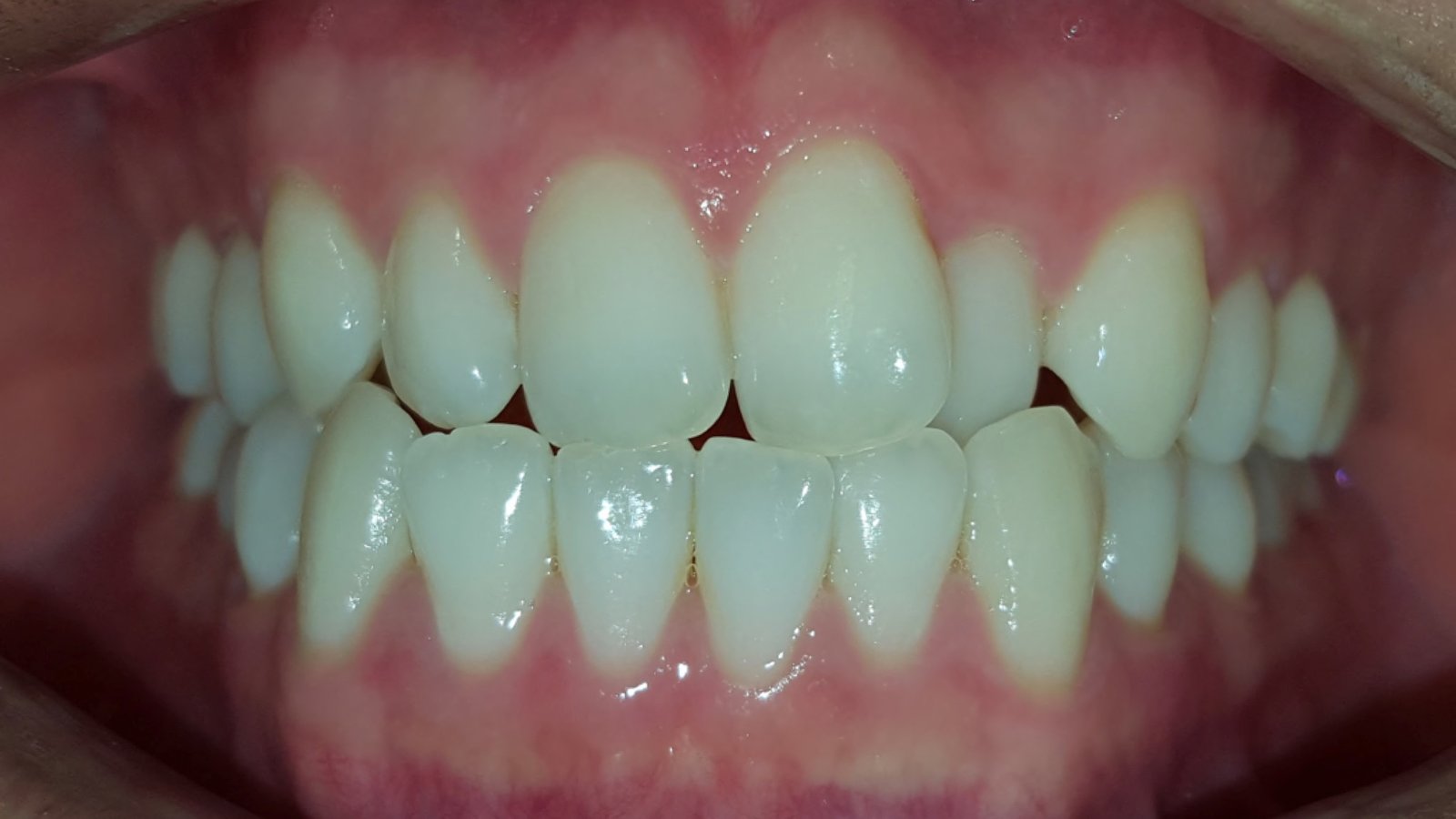
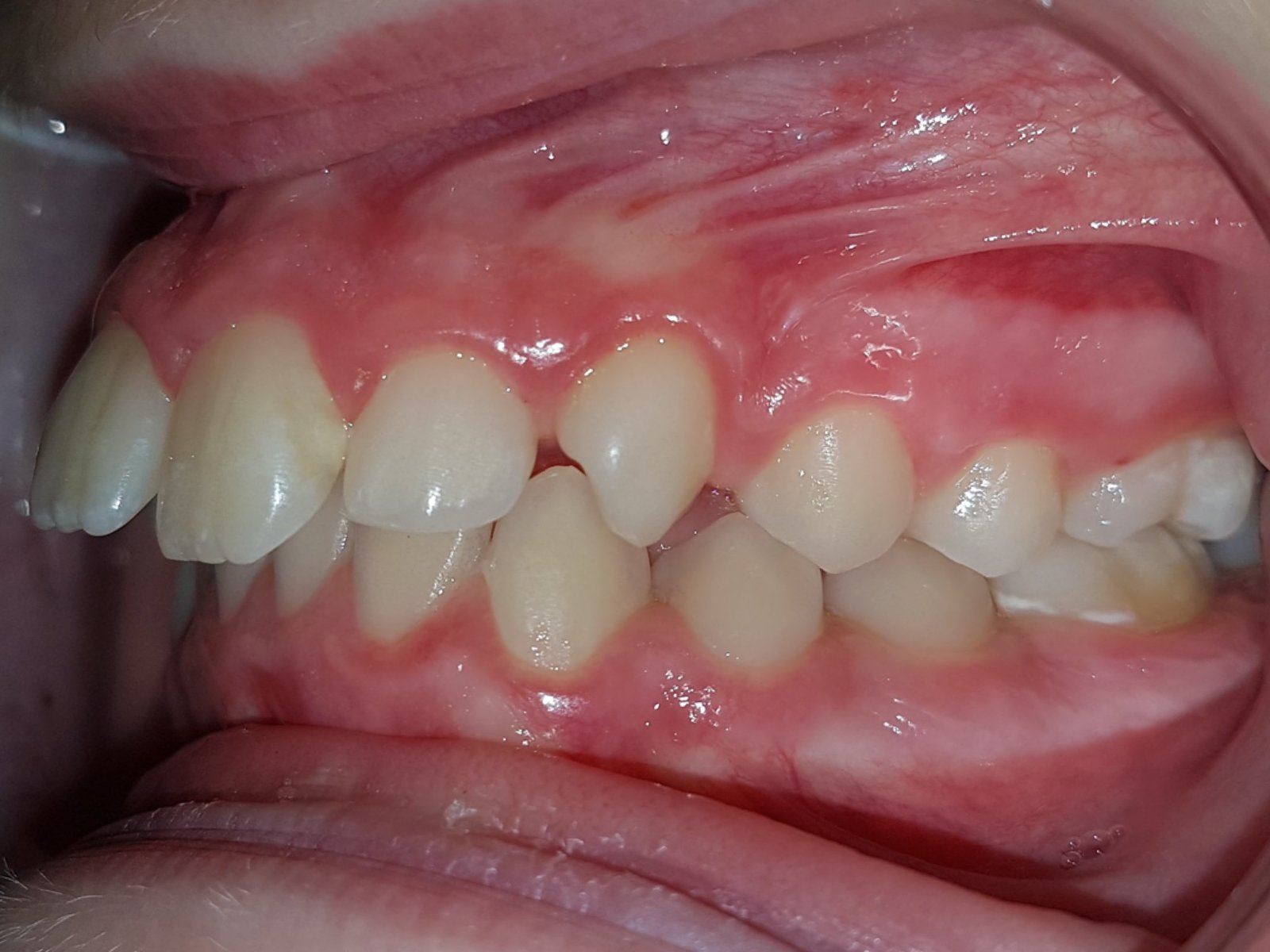
Class II Malocclusion (Overbite)
Class II Malocclusion is a type of dental misalignment characterized by a normal bite, with the upper teeth slightly overlapping the lower teeth. It’s the most common type of malocclusion, affecting many individuals worldwide. Although the bite is normal, certain issues like overcrowding, spacing problems, or jaw discrepancies may still require orthodontic treatment for correction and improvement of overall oral health.
Class III Malocclusion (Underbite)
Class III Malocclusion, also known as prognathism or underbite, is a dental misalignment where the lower teeth protrude beyond the upper teeth. This condition occurs due to discrepancies in jaw size or positioning, often resulting from an oversized lower jaw, undersized upper jaw, or a combination of both. Patients with Class III Malocclusion may experience difficulties with biting, chewing, and speech, and are more susceptible to dental issues like tooth wear and gum problems. Orthodontic treatment, potentially in combination with jaw surgery, may be necessary to correct the bite and improve overall oral health and aesthetics.
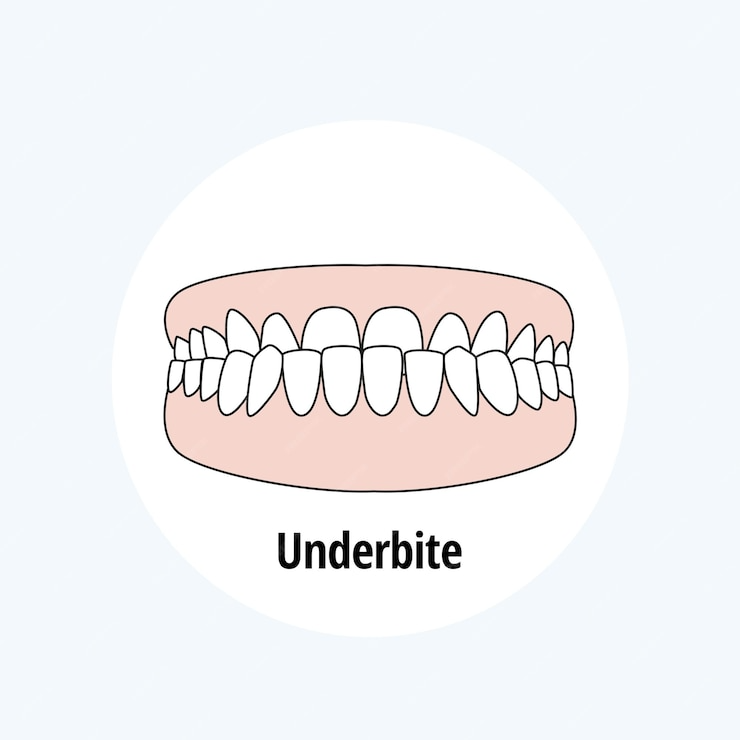
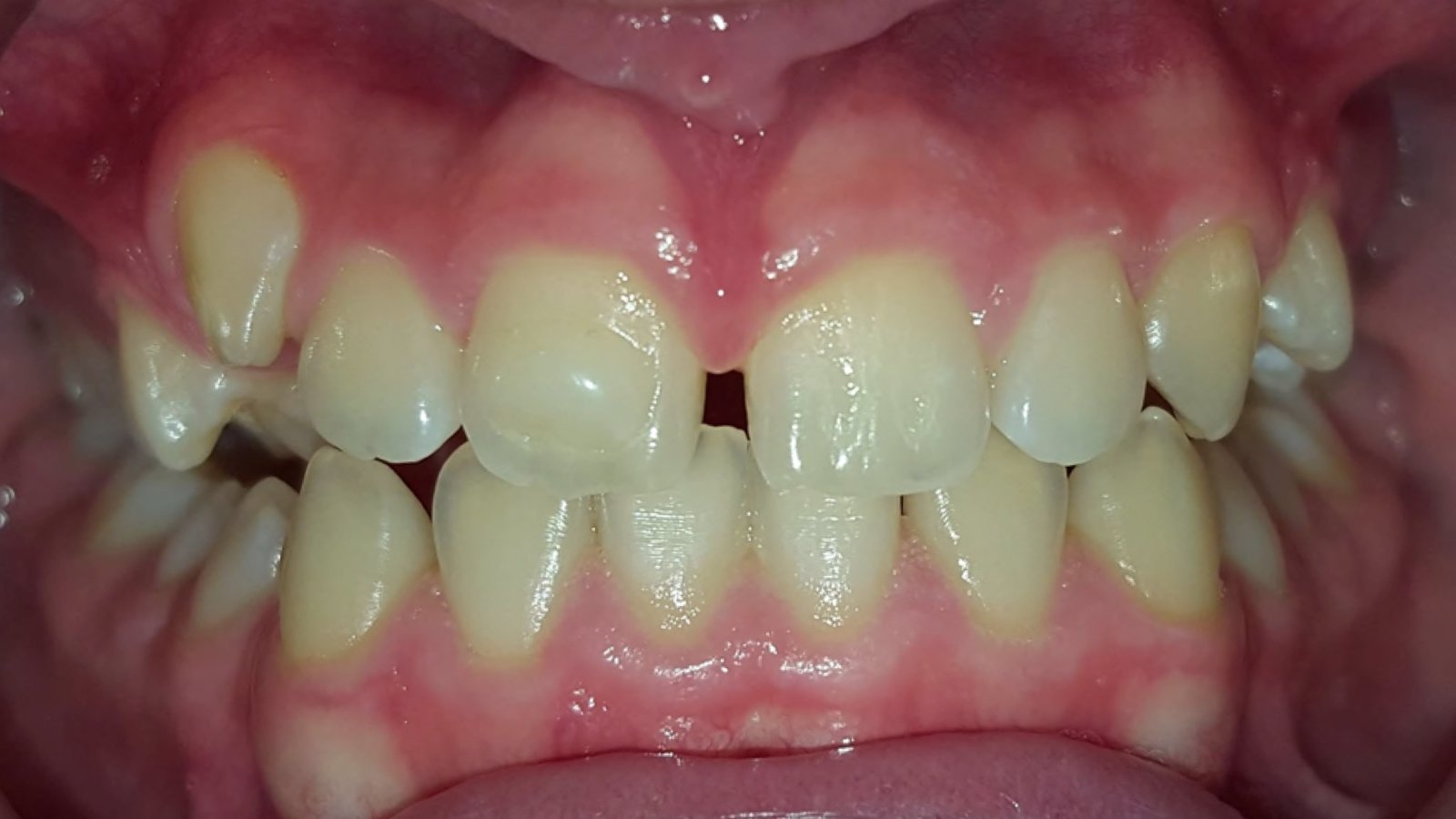
Spaced Teeth
Spaced teeth occur when there are large gaps between the teeth. This can happen if there is extra space in the jaw. These gaps can lead to food getting stuck between the teeth, which can contribute to tooth decay.
Overcrowded Teeth
Unlike spaced teeth, overcrowded teeth occur when there isn’t enough room in the jaw for all the teeth. This can make it difficult to clean the teeth properly, which may eventually lead to tooth decay and bad breath. Overcrowding can also cause some teeth to wear down more quickly than others.
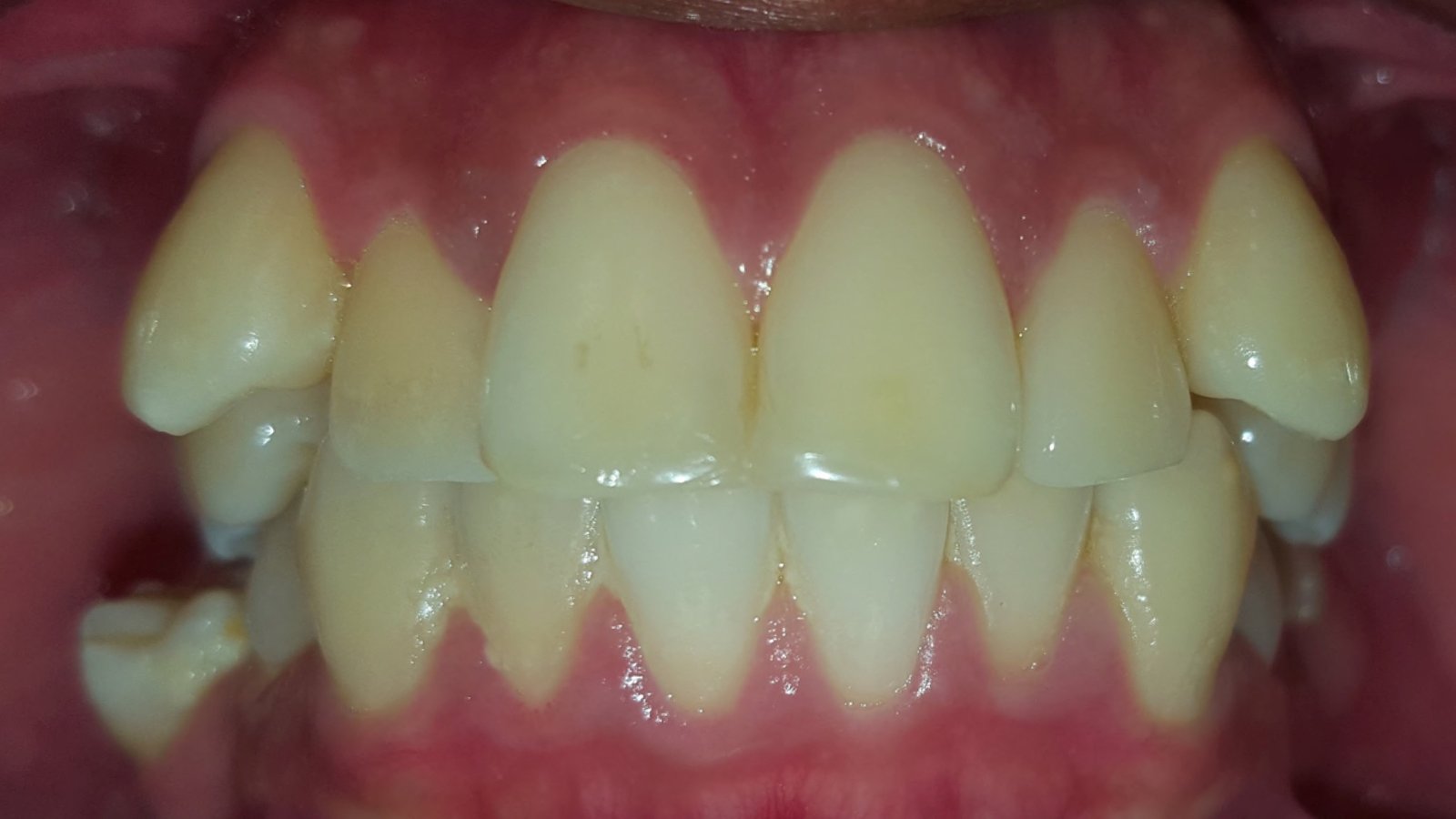

Open Bite
An open bite is characterized by an opening between the upper and lower front teeth when the jaws are closed. Causes include genetics, thumb-sucking, or tongue thrusting. An open bite can impair speech, chewing, and swallowing. Orthodontic treatment, sometimes in combination with surgery, can help correct the problem.
Crossbite
A crossbite is a misalignment where some of the upper teeth sit inside the lower teeth when the jaws are closed. It can be caused by genetics, delayed tooth eruption, or prolonged thumb-sucking. A crossbite can lead to uneven tooth wear and jaw pain. Treatment typically involves orthodontic interventions like braces or aligners.


Protruding Teeth
Protruding teeth, also known as “buck teeth,” occur when front teeth protrude forward, causing aesthetic concerns and potential speech issues. Causes include genetics, thumb-sucking, or overcrowding. However, the most commonly protruding teeth come out of the upper jaw. Orthodontic treatments like braces or aligners can help align the teeth.
Midline Discrepancy
A midline discrepancy refers to the misalignment of the dental midline, where the center of the upper and lower front teeth doesn’t match. This can be caused by genetics, missing teeth, or jaw misalignment. Orthodontic treatment, such as braces or aligners, can help correct the issue and create a harmonious smile.
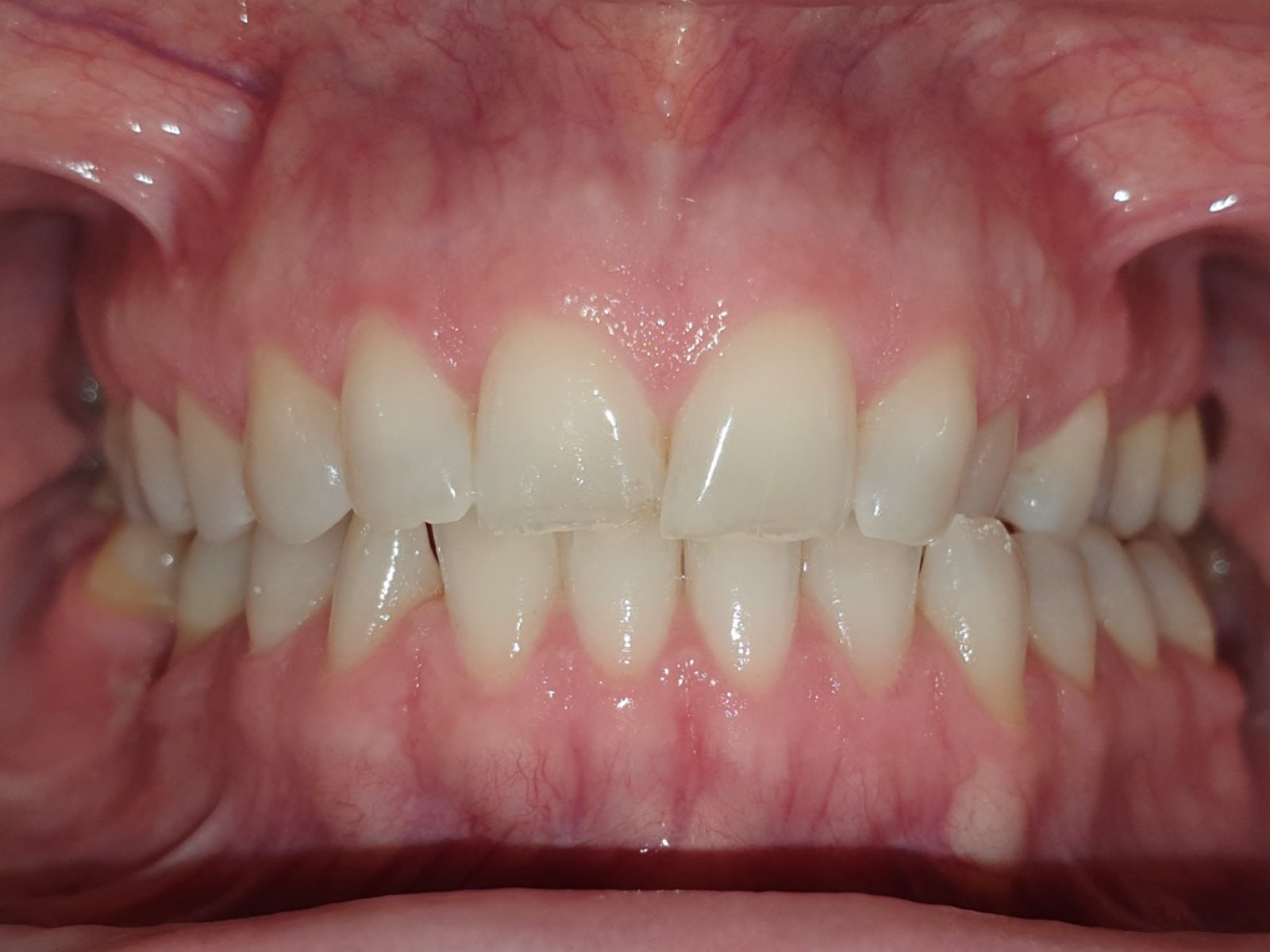
Bottom Line
If you feel that you are suffering from any of the orthodontic problems stated above, you should meet your orthodontist as soon as possible. Some of these problems may be more easily rectified if your children are younger.
If you have orthodontic questions regarding the orthodontist’s services, please feel free to contact us at York Orthodontics, we’re here to help you. The York Orthodontics team is by your side to provide the best services!
